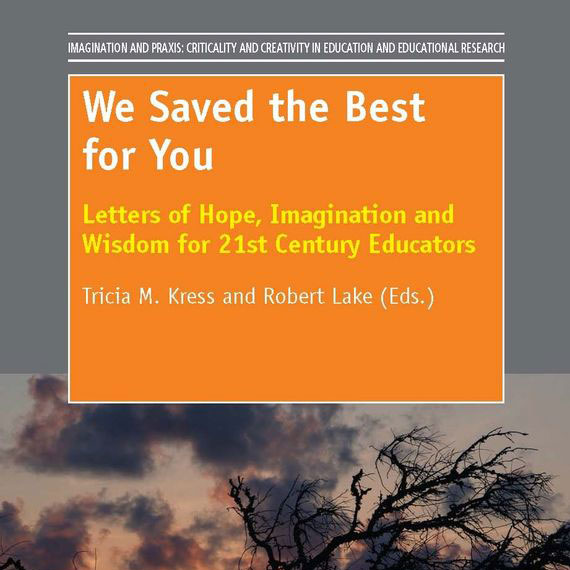by Riane Eisler and Valerie Young
When world markets convulse, people tend to think short term. But as a society, we must start focusing on what investors call the “long game” — re-examining our economic priorities to improve and stabilize more lives over time.
Suppose that instead of thinking only of stock markets or interest rates, we ask what kind of economic policies and practices are good for children. What helps, or prevents, children from realizing their potentials? What makes it possible for them to be healthy, get an education, and become responsible and productive adults?
What do these child-rearing issues have to do with economics? As it turns out, everything.

